Properties
| Storage Buffer | PBS, 50% glycerol, 0.09% sodium azide *Storage buffer may change when conjugated |
| Storage Temperature | -20ºC, Conjugated antibodies should be stored according to the product label |
| Shipping Temperature | Blue Ice or 4ºC |
| Purification | Protein A purified |
| Clonality | Polyclonal |
| Specificity | Detects ~60kDa. |
| Cite This Product | StressMarq Biosciences Cat# SPC-105, RRID: AB_10807230 |
| Certificate of Analysis | 1 µg/ml of SPC-105 was sufficient for detection of HSP60 in 20 µg of heat shocked HeLa cell lysate by colorimetric immunoblot analysis using goat anti-mouse IgG as the secondary antibody. |
Biological Description
| Alternative Names | CPN60 Antibody, GROEL Antibody, HLD4 Antibody, HSP 60 Antibody, HSP65 Antibody, HSPD1 Antibody, HuCHA60 Antibody, SPG 13 Antibody |
| Research Areas | Cancer, Cell Signaling, Chaperone Proteins, Heat Shock, Organelle Markers, Protein Trafficking, Tags and Cell Markers |
| Cellular Localization | Mitochondrion, Mitochondrion Matrix |
| Accession Number | NP_002147.2 |
| Gene ID | 3329 |
| Swiss Prot | P10809 |
| Scientific Background | In both prokaryotic and eukaryotic cells, the misfolding and aggregation of proteins during biogenesis and under conditions of cellular stress are prevented by molecular chaperones. Members of the HSP60 family of heat shock proteins are some of the best characterized chaperones. HSP60, also known as Cpn60 or GroEl, is an abundant protein synthesized constitutively in the cell that is induced to a higher concentration after brief cell shock. It is present in many species and exhibits a remarkable sequence homology among various counterparts in bacteria, plants, and mammals with more than half of the residues identical between bacterial and mammalian HSP60 (1-3). Whereas mammalian HSP60 is localized within the mitochondria, plant HSP60, or otherwise known as Rubisco-binding protein, is located in plant chloroplasts. It has been indicated that these proteins carry out a very important biological function due to the fact that HSP60 is present in so many different species. The common characteristics of the HSP60s from the divergent species are i) high abundance, ii) induction with environmental stress such as heat shock, iii) homo-oligomeric structures of either 7 or 14 subunits which reversibly dissociate in the presence of Mg2+ and ATP, iv) ATPase activity and v) a role in folding and assembly of oligomeric protein structures (4). These similarities are supported by recent studies where the single-ring human mitochondrial homolog, HSP60 with its co-chaperonin, HSP10 were expressed in a E. coli strain, engineered so that the groE operon is under strict regulatory control. This study has demonstrated that expression of HSP60-HSP10 was able to carry out all essential in vivo functions of GroEL and its co-chaperonin, GroES (5). HSP60 has however been linked to a number of autoimmune diseases, as well as Alzheimer's, coronary artery diseases, MS, and diabetes (6-9). |
| References |
1. Hartl, F.U. (1996) Nature 381: 571-579. 2. Bukau, B. and Horwich, A.L. (1998) Cell 92: 351-366. 3. Hartl, F.U. and Hayer-Hartl, M. (2002) Science 295: 1852- 1858. 4. Jindal, S., et al. (1989) Molecular and Cellular Biology 9: 2279-2283. 5. La Verda, D., et al (1999) Infect Dis. Obstet. Gynecol. 7: 64-71. 6. Itoh, H. et al. (2002) Eur. J. Biochem. 269: 5931-5938. 7. Gupta, S. and Knowlton, A.A. J. Cell Mol Med. 9: 51-58. 8. Deocaris, C.C. et al. (2006) Cell Stress Chaperones 11: 116-128. 9. Lai, H.C. et al. (2007) Am. J. Physiol. Endocrinol. Metab. 292: E292-E297. 10. Gao, Y.L., et al (1995) J. of Immunology 154: 3548-3556. 11. Neuer, A., et al (1997) European Society for Human Reproduction and Embryology 12(5):925-929. 12. Bason, C., et al (2003) Lancet 362(9400): 1971-1977. |
Product Images

Immunocytochemistry/Immunofluorescence analysis using Rabbit Anti-Hsp60 Polyclonal Antibody (SPC-105). Tissue: Heat Shocked Cervical cancer cell line (HeLa). Species: Human. Fixation: 2% Formaldehyde for 20 min at RT. Primary Antibody: Rabbit Anti-Hsp60 Polyclonal Antibody (SPC-105) at 1:100 for 12 hours at 4°C. Secondary Antibody: FITC Goat Anti-Rabbit (green) at 1:200 for 2 hours at RT. Counterstain: DAPI (blue) nuclear stain at 1:40000 for 2 hours at RT. Localization: Mitochondrion matrix. Magnification: 100x. (A) DAPI (blue) nuclear stain. (B) Anti-Hsp60 Antibody. (C) Composite. Heat Shocked at 42°C for 1h.
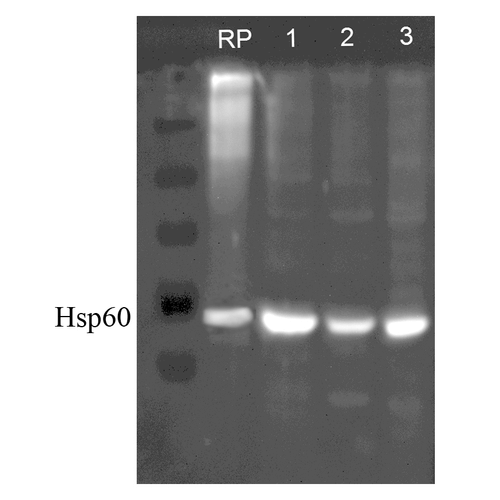
Western blot analysis of Human, Dog, Mouse SKBR3, MDCK, and MEF cell line lysates showing detection of HSP60 protein using Rabbit Anti-HSP60 Polyclonal Antibody (SPC-105). Lane 1: Recom. Human Hsp60 (100ng), Lane2, 3 and 4: SKBR3 lysate (human), MDCK lysate (dog) and MEF lysate (mouse) (al at 7.5ug). Primary Antibody: Rabbit Anti-HSP60 Polyclonal Antibody (SPC-105) at 1:1000.

Immunocytochemistry/Immunofluorescence analysis using Rabbit Anti-Hsp60 Polyclonal Antibody (SPC-105). Tissue: Heat Shocked Cervical cancer cell line (HeLa). Species: Human. Fixation: 2% Formaldehyde for 20 min at RT. Primary Antibody: Rabbit Anti-Hsp60 Polyclonal Antibody (SPC-105) at 1:100 for 12 hours at 4°C. Secondary Antibody: APC Goat Anti-Rabbit (red) at 1:200 for 2 hours at RT. Counterstain: DAPI (blue) nuclear stain at 1:40000 for 2 hours at RT. Localization: Mitochondrion matrix. Magnification: 20x. (A) DAPI (blue) nuclear stain. (B) Anti-Hsp60 Antibody. (C) Composite. Heat Shocked at 42°C for 1h.

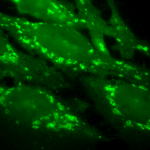
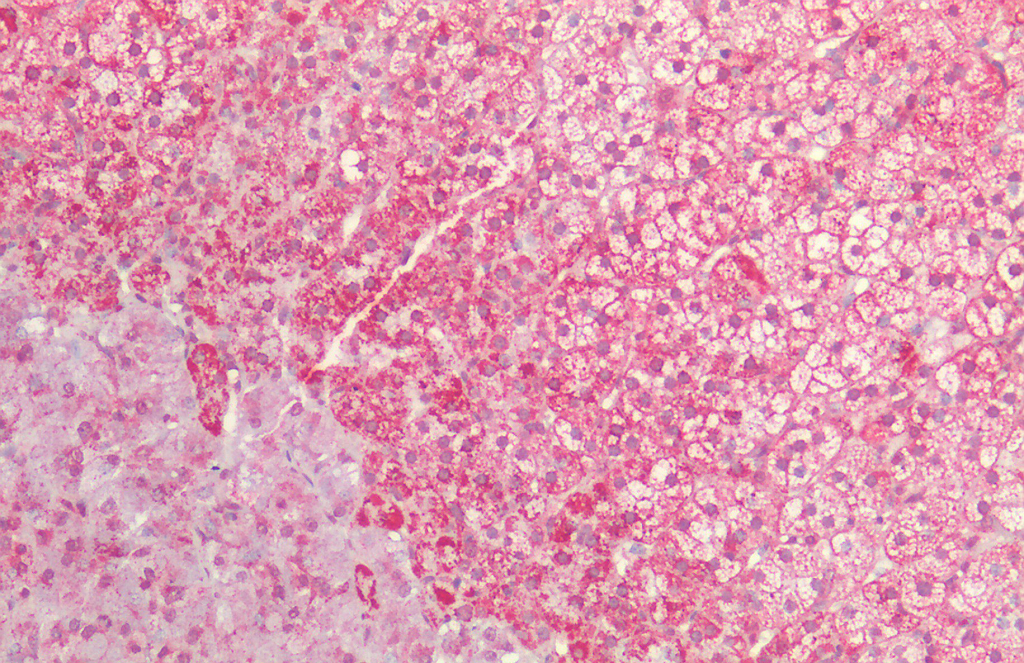
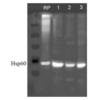
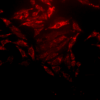




















StressMarq Biosciences :
Based on validation through cited publications.